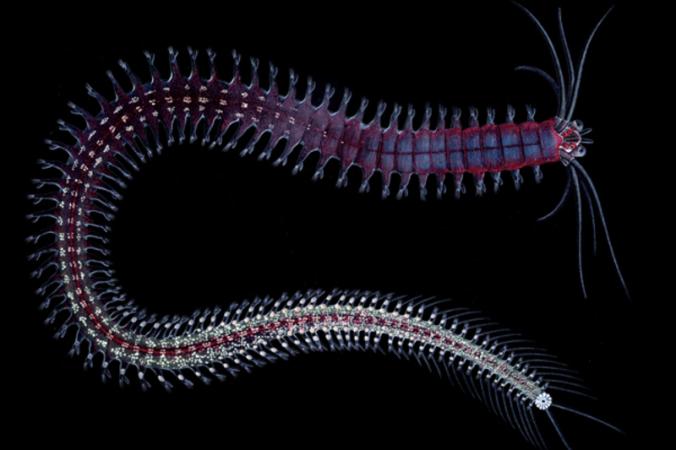The New York Times, September 25, 2014
In the early 1920s, farmers in New Jersey noticed their potatoes were shriveling, their leaves becoming deformed. The plants were sick with an illness that came to be known as potato spindle tuber disease. But it took almost five decades for someone to find the cause.
In 1971, Theodor O. Diener, a plant pathologist at the Department of Agriculture, discovered that the culprit is an inconceivably tiny pathogen — one-80th the size of a virus. Dr. Diener called it a viroid.
Since Dr. Diener’s initial discovery, scientists have identified nearly three dozen species of viroids that attack crops from tomatoes to coconuts, as well as flowers such as dahlias and chrysanthemums.
